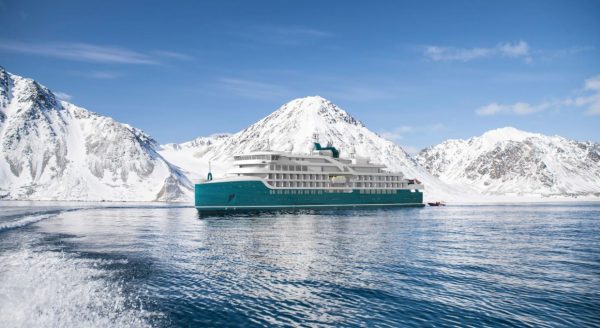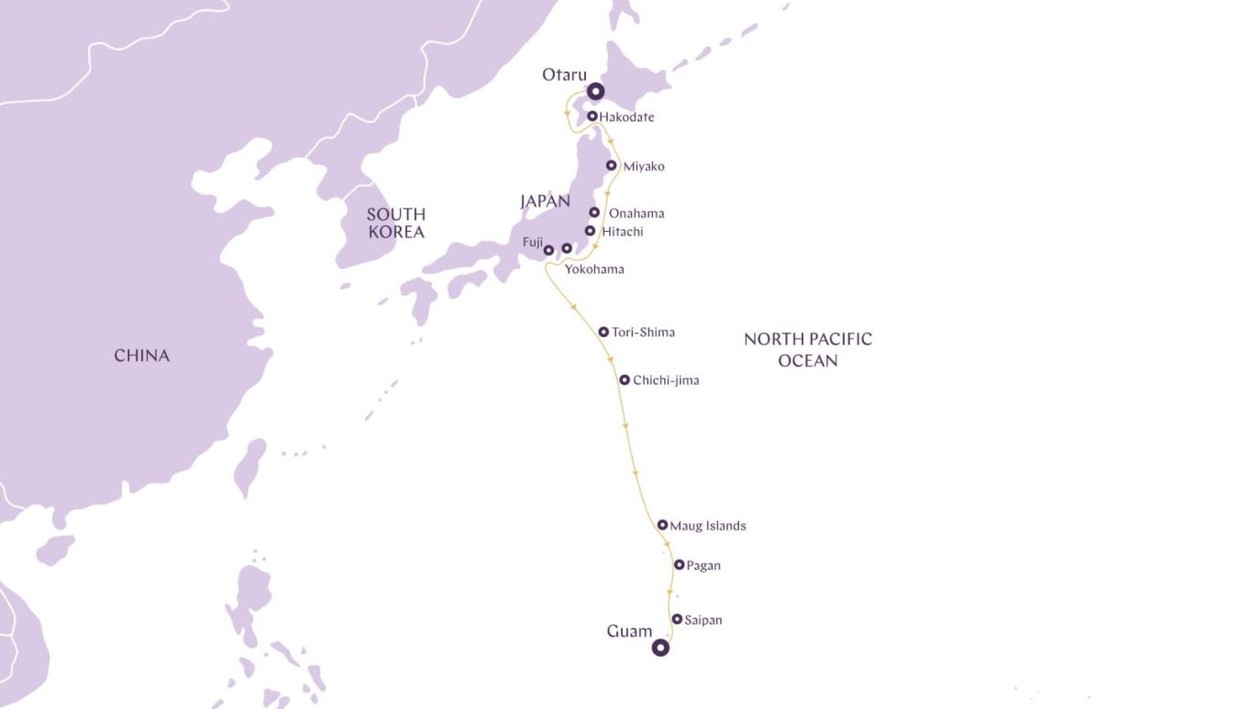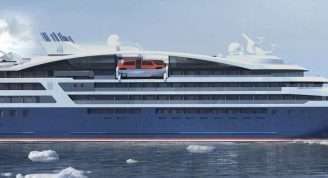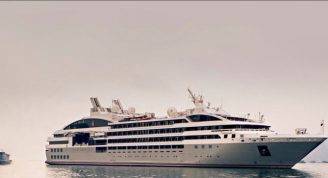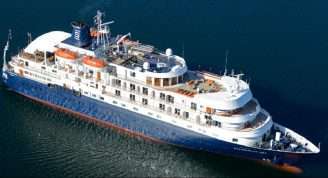Description
Set out on a sweeping 15-day cruise aboard a luxurious ship and explore Japan’s culture from Hakodate to Yokohama, its historic cities like Otaru and the beauty of its subtropical islands on Chichi Jima; before capping on your voyage by going off the beaten track and visiting several Pacific idylls including some of America’s oceanic territories such as Saipan and Guam. From neon-lit cities to white sands, forest- topped islands and sapphire waters, you’ll experience it all on this all-encompassing journey, which is led by our expert team.
Trip Name
Japan and Pacific Islands Boutique Small Ship Cruise
Days
15
Overview
Vessel Type: Expedition Ship
Length: 115 meters
Passenger Capacity: 152
Built: 2020-2021
Arriving in November 2021, our 5 star elegant Scandi-design boutique ship offers you an intimate setting from which you will be fully immersed in all the sights and scenery of your voyage.
Introducing SH Minerva
Our brand new ship has been designed to journey to off the beaten path destinations and remote polar regions in style and comfort. The ship incorporates a PC5 ice-strengthened hull combined with extra-large stabilisers to make your journey as smooth as possible.
Sophisticated Elegance
We know how important outdoor space is, so our spacious, relaxing public spaces provide wide open, unobstructed views throughout the ship. The destination will always be in view.
Your Wellbeing
The safety & happiness of our guests is paramount to our 120-strong crew on board as well as our passionate expedition team who'll be serving up thrilling shore excursions and lasting memories.
Cabin Types
Our 76 cabins including 6 suites have all the amenities you will need to feel comfortable including dressing gowns, hairdryers, personal safes and minibars. Our stylish cabins all have desks, a dressing area and comfy seating. En suite bathrooms all feature glass-enclosed rain showers.


